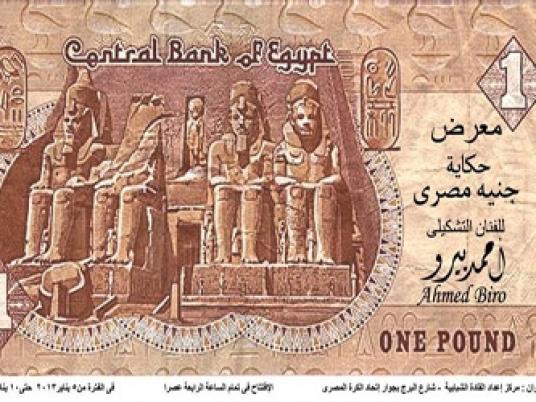
Kings and rulers are keen out of pride to have their pictures minted on currencies for the sake of their legacy. Many historians say that Alexander the Great was the first to do so. And in the Islamic history, Muawiya ibn Abi Sufyan put on the currency a picture of him holding his sword in 41 Hijri.
Here are stories of four Arab rulers who tried unsuccessfully to use their currency to forever hold their legacy.
Saddam Hussein
In the wake of the second Gulf War after the invasion of Kuwait and the economic embargo imposed on Iraq, the Iraqi government was no longer able to mint the dinar in Switzerland and had to do it locally with the lowest quality, which was easy to imitate.
The Iraqi Central Bank issued a 10,000 dinar banknote in 2002 with the picture of Saddam Hussein. But Saddam Hussein fell in 2003 and the banknotes were replaced.
Bashar al-Assad
Twelve years after the death of Syrian President Hafez al-Assad in 2000, his son, President Bashar al Assad, put his picture on the 2000 Lira banknote, which was printed in Russia, but left his father’s picture on the other denominations.
Muammar Gaddafi
Gaddafi considered himself King of Kings of Africa. He had his picture on all denominations of the Libyan currency. But on the second anniversary of the revolution, the Central Bank of Libya issued a new dinar with a symbolic picture of the rebels. It was was printed in a way so that the blind can identify denominations.
King Farouk
King Farouk printed his picture on the Egyptian pound in 1946, six years before he was ousted and his picture replaced by that of Tutankhamun. In that year, Egypt became a member of the International Monetary Fund and its currency was placed under a gold cover, forcing the government to devalue it to less than a dollar. The pound began to decline ever since until it reached its current value.
Edited translation from Al-Masry Al-Youm




